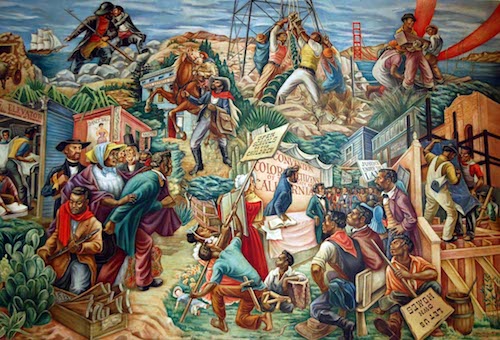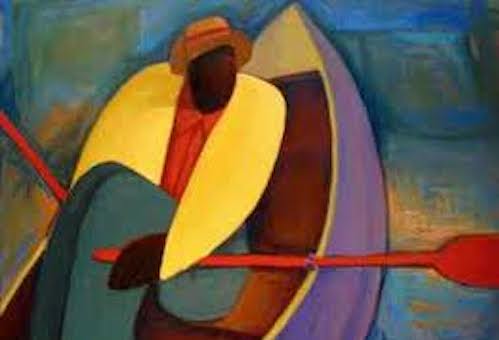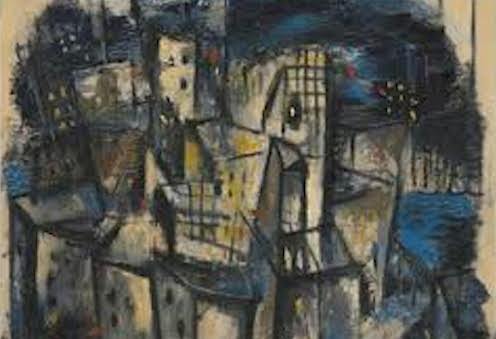Hidden Within The Harlem Renaissance
/STORY BY RYDIA WRIGHT, FNN REPORTER, TECH PREP BUREAU
FNN CELEBRATES BLACK HISTORY: FEB. 26, 2014. During the early 20th century, African-American poets, musicians, actors, artists and intellectuals moved to Harlem in New York City and brought new ideas began to flourish within this new found culture coming from the black community in Harlem. Famous artists like Langston Hughes, Duke Ellington, Billie Holiday and many more pushed art to its limit to express and represent themselves in ways never before achieved.
But a lot of people were left in the background. Charles Alston was one of the artists left in that background. Alston began his career as a commercial artist. He worked on book jackets, record covers and magazines. He designed album covers for jazz musician, Duke Ellington and book covers for poet, Langston Hughes. In 1929, Alston served as director of the Utopia House, a boy’s camp in Harlem, where he started an art program. After joining the Utopia House, Alston taught and mentored Jacob Lawrence and Romare Bearden in his “306 Group” of Harlem artists. It’s quite amazing how he was a mentor to many mainstream artists. Alston and a friend directed the Harlem Art Workshop giving a lot of effort to get Harlem Renaissance artists recognized. As a result, the Harlem Artist Guild was created.
Charles Alston was born on November 28, 1907 in Charlotte, NC. Almost everyone in his family was some kind of artist. He was born into a middle-class family of painters—learning art from his father. He was born to Reverend Primus Priss Alston and Anna Elizabeth Miller Alston, and was the youngest of five children. His father graduated from St. Augustine's College and became a prominent minister and founder of St. Michael's Episcopal Church. He dedicated his skills to the furtherance of the black race. When his father died, his mother married Harry Bearden. By marriage, the famous artist Romare Bearden became Charles’s cousin. The two Bearden families lived across the street from each other. That friendship between Romare and Charles lasted a lifetime. As a child, Alston looked up to the work of his father, Reverend Primus Priss, who wrote illustrated love letters to his mother. He was also inspired by his older brother Wendell's drawings of trains and cars, which the young artist copied. His mother was a gifted embroiderer and took up painting at the age of 75.
I believe he created amazing works of art and many others did too—including murals entitled “Modern Medicine and Magic in Medicine,” two of many murals for the Harlem Hospital Center, created by Alston and 35 black artists who served under his direction. These two murals, in specific, were discouraged by the hospital’s top administrators due to the number of African Americans pictured in the scenes. Despite this fact, the project gained financial support from Louis Wright, an American surgeon noted for his work in Harlem, and as a result received lots of public attention.
Most of Charles Alston’s work was published in New Yorker and Fortune magazines. He became the first black instructor at the Arts Students League. He sold one of his pieces to the famous Metropolitan Museum of Art in New York. Unfortunately, Charles Alston died in 1977.
Charles Alston created beautiful works of art and was a big part of the Harlem Renaissance. He mentored and inspired many artists to paint and sculpture. I believe Alston deserves to be honored for all his contributions to the world of art.
Rydia Wright is a junior at Friendship Technology Preparatory Academy.




